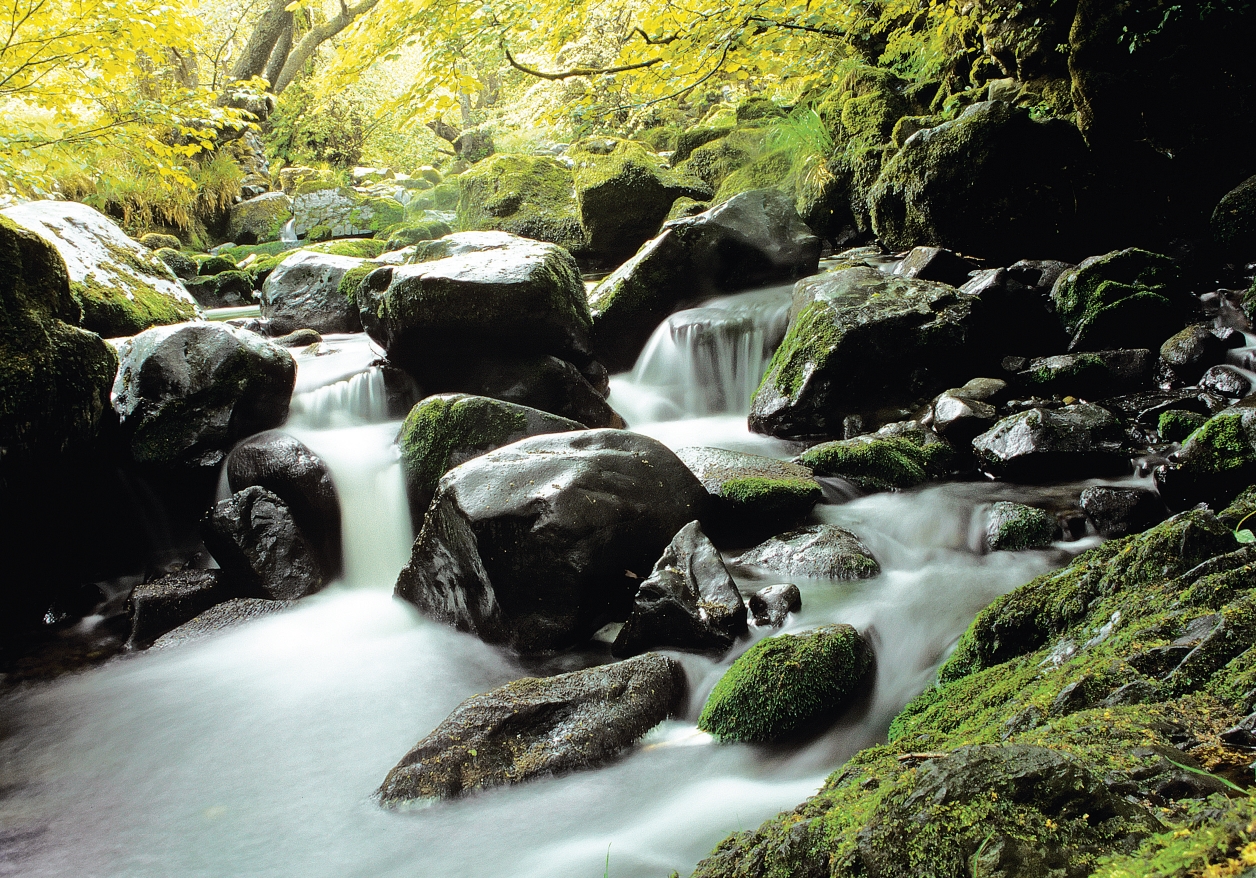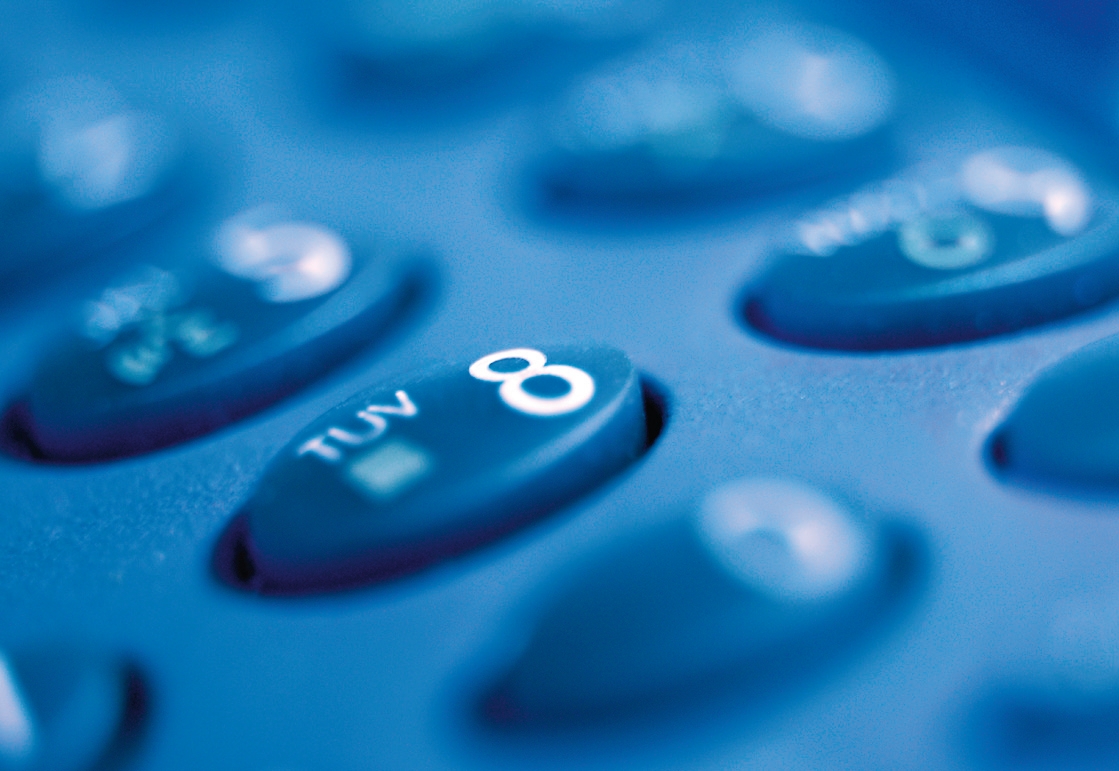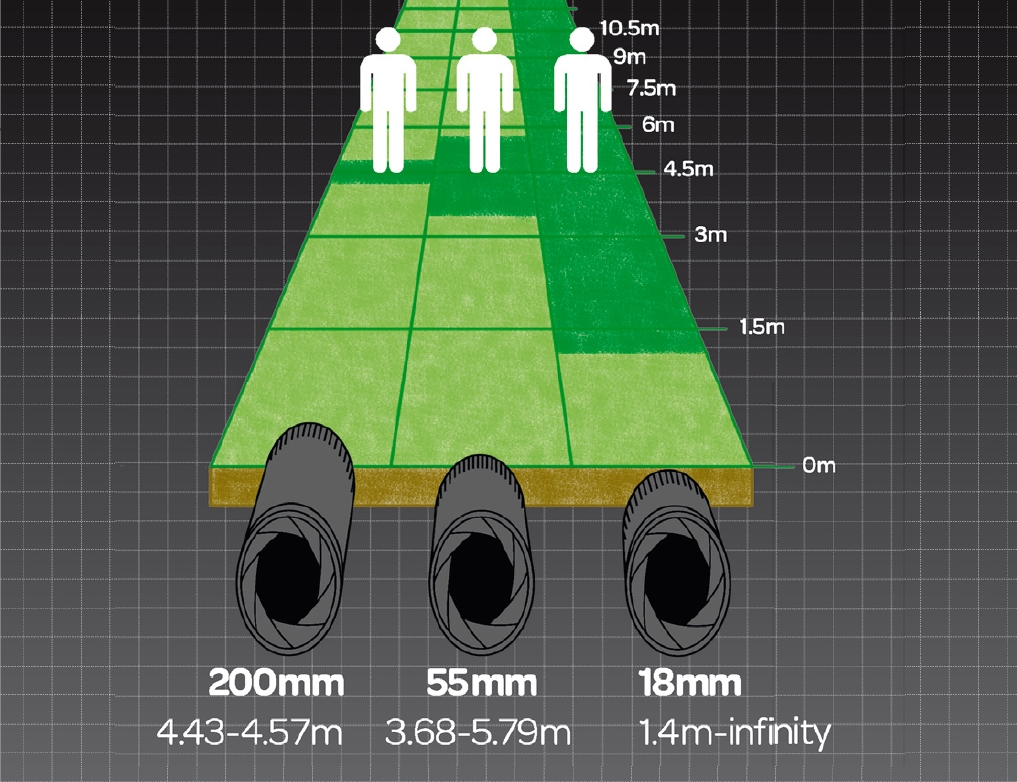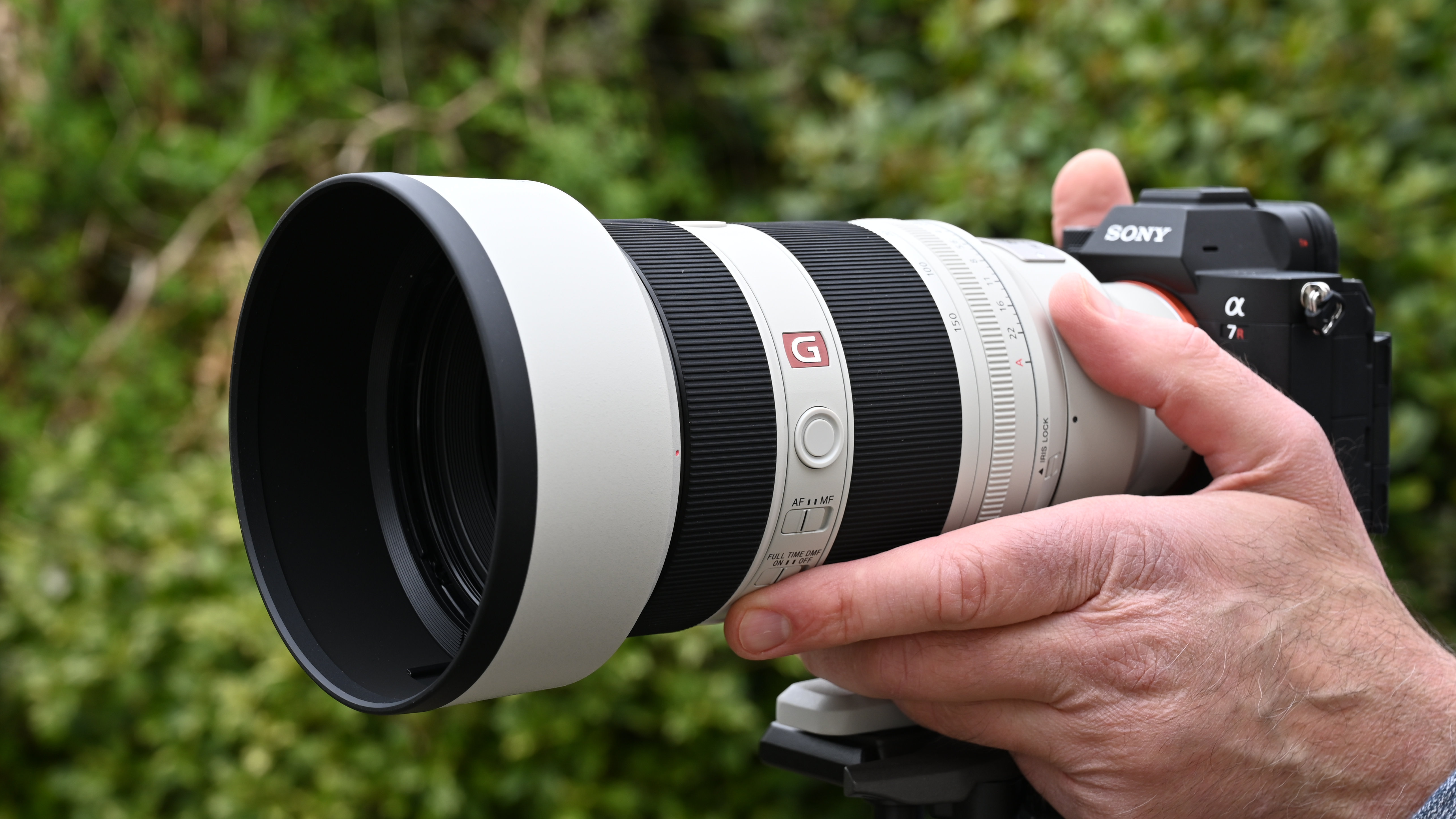What is depth of field?
Ever wondered why backgrounds are pin-sharp in some shots and out of focus in others? Here’s how to take full control of depth of field.

What is depth of field?
Depth of field is a measure of how much of a picture is in focus.
A lens can only precisely focus on one plane at a time. However, there’s always a certain amount of the picture in front of, and behind, this plane that also appears to be sharp. It is this zone of ‘acceptable sharpness’ that is the depth of field.
Anything outside of this zone appears blurred or out of focus. The amount of depth of field varies from picture to picture, depending on a number of different factors.
How does depth of field help to improve my shots?
Depth of field is one of the most important creative controls available to the photographer. By learning how to control it, you can ensure that everything from your feet to the horizon appears pin sharp.
Alternatively, you can make sure that depth of field is restricted to such an extent that parts of your picture are thrown anonymously out of focus, for artistic effect or to hide distracting features in a scene.
It’s not just one factor that affects the amount of depth of field that you end up with, but several working in tandem. Some of these factors, however, are much easier for photographers to control than the others.

What’s the easiest way to control depth of field?
The aperture setting you use is the simplest and most straightforward way of altering depth of field because you can do this without changing equipment or shooting position.
Get the Digital Camera World Newsletter
The best camera deals, reviews, product advice, and unmissable photography news, direct to your inbox!
The smaller the aperture you set, the more depth of field you get and the more of your shot appears in focus. So on a typical zoom, a narrow aperture of f/22 will keep more of the shot in focus than a wider aperture of f/5.6.
The aperture can easily be altered by the photographer in a number of exposure modes, including Shutter Priority and Aperture Priority.
Cheat sheet: depth of field decisions
So can you set the depth of field precisely for every shot? Yes and no. You can increase and decrease the amount of depth of field by adjusting the aperture.
However, you don’t always have a free choice, because changing the aperture will affect the shutter speed, and some shutter speeds will not suit every situation; slow shutter speeds will cause moving subjects to appear blurred, for instance, or will create visible camera shake.
More importantly, you only have a limited range of apertures, so often you can’t set the zone of sharpness precisely to suit your needs. But using the other factors can give you more control.
Significant factors in depth of field
The two other significant factors are the focal length and the focused distance. The wider the angle of view of the lens, and the shorter the corresponding focal length, the more depth of field you get. A wide-angle lens setting, therefore, gives you more depth of field than a telephoto one.
The subject distance (or more accurately, the distance the lens is focused at) also has its role; the closer the focused distance, the less depth of field you get.
Read more: how to get depth of field effects with any camera
How much depth of field do you get?
So is depth of field spread evenly in front of and behind the point you are focused on? Almost never. In most normal situations, depth of field extends further behind the plane of focus than in front of it.
Often the difference will be dramatic. When shooting with a wide-angle lens and a small aperture, there will typically be a metre of depth of field your side of the focused point, but everything behind as far as the eye can see will also be sharp.
With macro subjects, depth of field at very close distances is evenly spread in front of and behind the focus point (but perhaps just a millimetre or two in each direction).
How to maximise depth of field

Changing the focal length of the lens you’re using creates dramatic changes in depth of field. Here, three portraits are taken with a mid-range DSLR focused at 4.5m (15ft) and set to an aperture of f/8.
With a 200mm telephoto, depth of field stretches just a few centimetres from 4.43-4.57m. With a 55mm lens setting, depth of field increases to 2m, from 3.68-5.79m. But with a wide-angle 18mm lens setting, everything from 1.4m to infinity is recorded sharply.
First, set a narrow aperture (such as f/22). It may be necessary to use a tripod, or to increase the ISO to make small apertures feasible in anything but bright light.
Next, use the widest lens you can get away with for the subject, and stand as far away as possible. Finally, focus on a point about a third of the way up the frame to ensure as much of the shot as possible is sharp.
How to minimise depth of field and maximise blur
Use the longest lens you can get away with, and/or get as close to the subject as possible. Now set the maximum aperture available on your lens.
‘Fast’ lenses with wider-than-average maximum apertures are much better at this effect. Cameras that come with larger sensors also offer more restricted depth of field than those with smaller sensors.
Read more
The sister print publication to this website, Digital Camera Magazine is Britain's best-selling photography publication – and it can also be purchased outside the United Kingdom as Digital Camera World.
Digital Camera Magazine is packed with more expert advice and more inspirational images than any other title, with the sole aim of helping you become a better photographer. Every issue we also bring you a selection of great gifts which are designed to help you get more from your photography – everything from tips cards and cheat sheets to free software and bookazines.
In addition to inspirational images, interviews, projects, mini tests and tutorials, each issue is packed with news, reviews and comparisons, as well as photographer vs photographer shootouts and head-to-head challenges using the best photo editing software.
The magazine is captained by Editor Niall Hampton.

